March 1, 2023
The rise of the pods shows how the workplace pendulum swings
 Long before the office died (I read its obituary in several publications) there were hotly contested debates about open plan offices. That is of course before those debates were eclipsed by more current workplace rantings (ask the editor). Skimming through the open-plan office timeline, Herman Miller launched action office, L-shaped desks with screens became shared benches, and decades later tech brands rolled out efficient open-plan workspaces around the globe, with Facebook creating the biggest open-plan office of all time with 2,800 employees. Gulp. Open plan officer workers and workplace professionals moaned about acoustics, stress, and more recently, germs in large open workspaces. (more…)
Long before the office died (I read its obituary in several publications) there were hotly contested debates about open plan offices. That is of course before those debates were eclipsed by more current workplace rantings (ask the editor). Skimming through the open-plan office timeline, Herman Miller launched action office, L-shaped desks with screens became shared benches, and decades later tech brands rolled out efficient open-plan workspaces around the globe, with Facebook creating the biggest open-plan office of all time with 2,800 employees. Gulp. Open plan officer workers and workplace professionals moaned about acoustics, stress, and more recently, germs in large open workspaces. (more…)





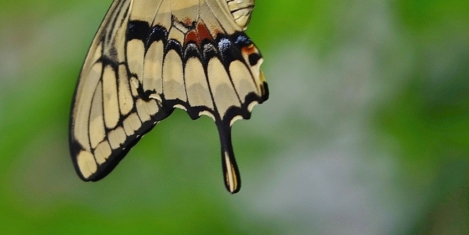
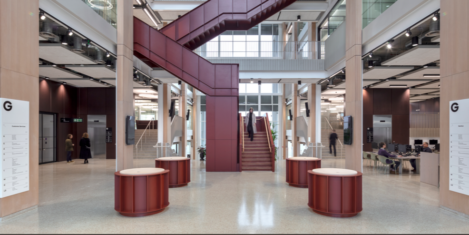
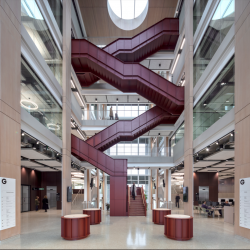
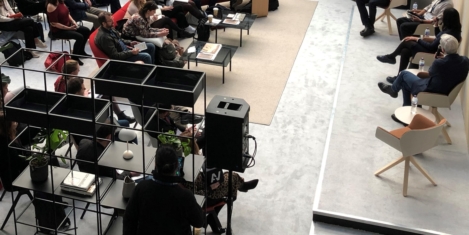
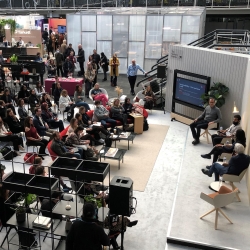 A few of you may already know this story. It was some 15 months ago and three old friends met up for the first time in quite a while (well, we had been through lockdowns etc). Having caught up with each other’s news, the subject turned to industry journals, what the three friends felt the market was missing and the possibility of collaborating in the not too distant future. That conversation occurred at the inaugural
A few of you may already know this story. It was some 15 months ago and three old friends met up for the first time in quite a while (well, we had been through lockdowns etc). Having caught up with each other’s news, the subject turned to industry journals, what the three friends felt the market was missing and the possibility of collaborating in the not too distant future. That conversation occurred at the inaugural 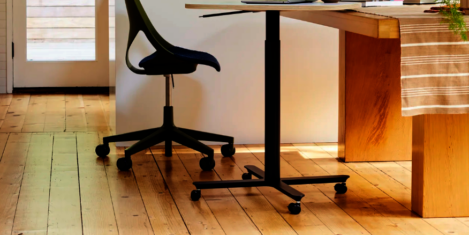
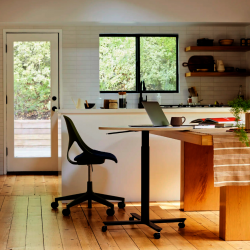
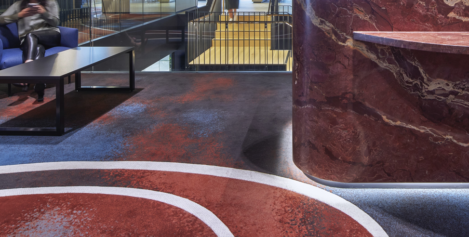
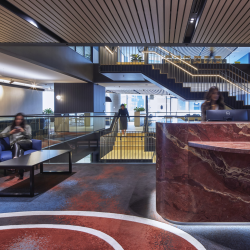 Just what is it that you want to do? People of a certain age will know what answers come next. The rest of you can scroll down to find out. At least two-thirds of those responses still resonate when you ask people want they want from their work and workplaces. They wanna be free to do what they wanna do. And they wanna have a good time. And that’s what they’re gonna do. These are the exact same responses you hear when THE great, existential questions facing the office sector and occupiers are brought up along with those others that follow on from them. What is the office for, how should we design it, what does it do better than other places of work and what do people really want from it?
Just what is it that you want to do? People of a certain age will know what answers come next. The rest of you can scroll down to find out. At least two-thirds of those responses still resonate when you ask people want they want from their work and workplaces. They wanna be free to do what they wanna do. And they wanna have a good time. And that’s what they’re gonna do. These are the exact same responses you hear when THE great, existential questions facing the office sector and occupiers are brought up along with those others that follow on from them. What is the office for, how should we design it, what does it do better than other places of work and what do people really want from it? 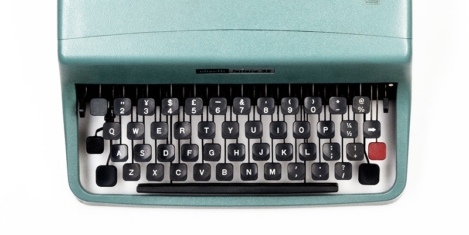
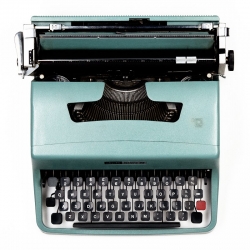
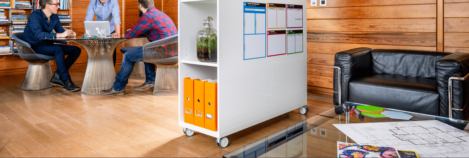
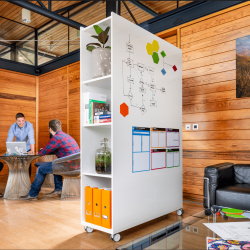
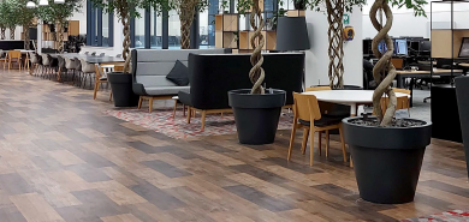
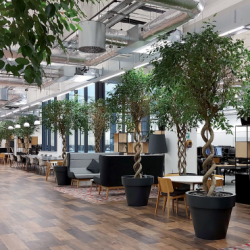
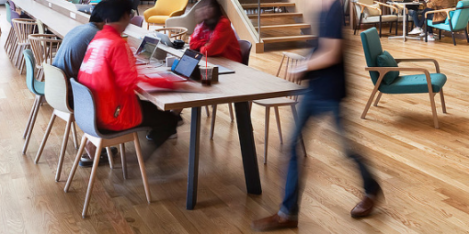
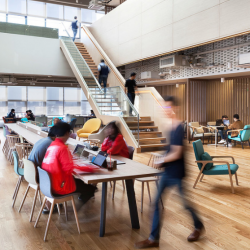
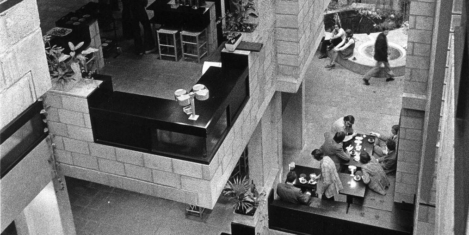
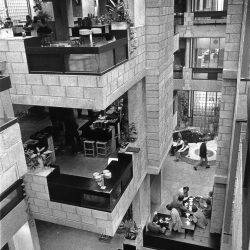
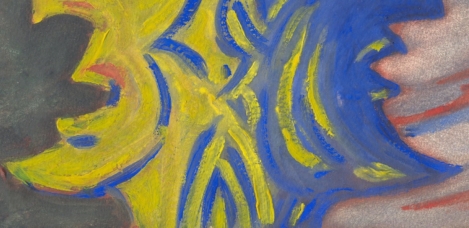










March 9, 2023
Progress depends on heterodox thought and difficult questions
by Mark Eltringham • Comment, Facilities management, Wellbeing, Workplace design
(more…)